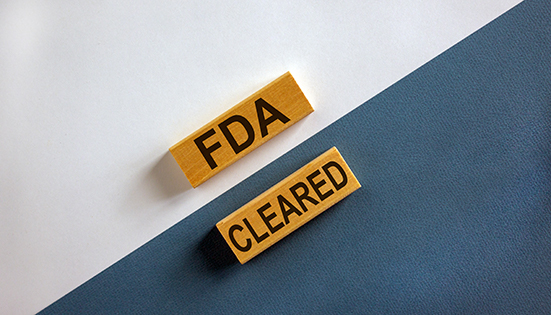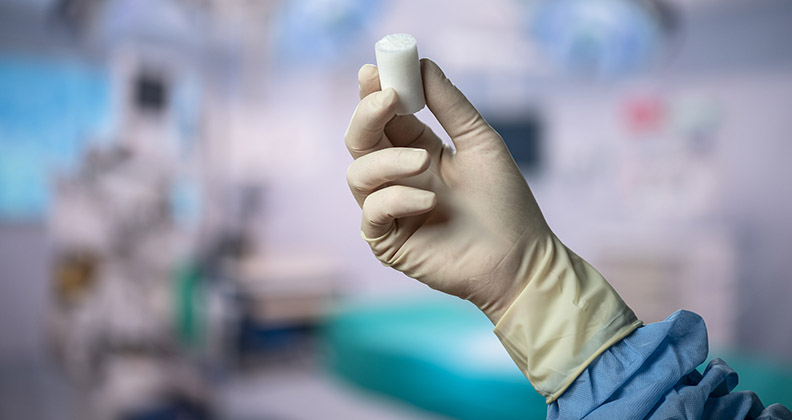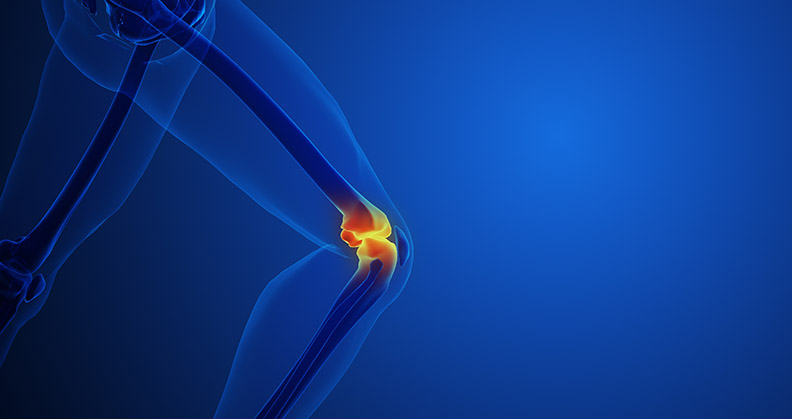
Bioretec reported a study found “convincing results” in a postmarket clinical follow-up study for the treatment of children’s forearm fractures.
Forearm fractures are a common injury in children and adolescents. When operative treatment is needed, intramedullary nailing with elastic titanium nail (ESIN) is the most common surgical procedure, the company said. On many occasions, the implant is removed after fracture has healed. Removal is needed to avoid related long-term complications such as irritations, infections or growth disturbance.
The interim results of the international Post-Market Clinical Follow-up (PMCF) study show, that the use of Activa IM-Nail in pediatric forearm fractures with regard to various study objectives, including the clinical outcome, post-operative complications and refracture rate are equal to the standard titanium procedure but with a benefit of avoiding secondary implant removal operation.
To decrease the burden on the healthcare system and the discomfort of the pediatric patient Bioretec has developed and commercialized what is reportedly the world’s first bioresorbable elastic intramedullary nail, Activa IM-Nail, which makes implant removal operations redundant. Activa IM-Nail received market authorization (CE-mark) in Europe in 2020.
The PMCF study assesses the safety and effectiveness of Activa IM-Nails as part of the surgical treatment of dislocated forearm fractures in children between 3 and 13 years of age. A prospective multicenter study is ongoing in many European countries to ascertain the rate of refracture and to determine the subjective benefits of Activa IM-Nail for patients, their parents, and other caregivers. At this stage of the study, interim results on 76 patients are analyzed.
References:
1. Roeder, C.; Alves, C.;Balslev-Clausen, A.; Canavese, F.; Gercek, E.; Kassai, T.; Klestil, T.; Klingenberg, L.; Lutz, N.; Varga, M.; et al. Pilot Study and Preliminary Results of Biodegradable Intramedullary Nailing of Forearm Fractures in Children. Children 2022, 9, 754. https://doi.org/10.3390/children9050754




